
Since middle school, Natalie Narvaez has struggled with depression, which she describes as a feeling of “dread.” Over the years, she’s seen five therapists. She’s also tried medication, but it only made her feel worse.
Understandably, the freshman was all in when researchers at the University of Minnesota Medical School asked her to participate in a study exploring a possible new treatment: Brain stimulation paired with mindful breathing.
Since middle school, Natalie Narvaez has struggled with depression, which she describes as a feeling of “dread.” Over the years, she’s seen five therapists. She’s also tried medication, but it only made her feel worse.
Understandably, the freshman was all in when researchers at the University of Minnesota Medical School asked her to participate in a study exploring a possible new treatment: Brain stimulation paired with mindful breathing.
“It’s wonderful that the U of M is putting resources and time into looking for other options for people like me,” Natalie says. “People who haven’t found what they’re looking for yet.”
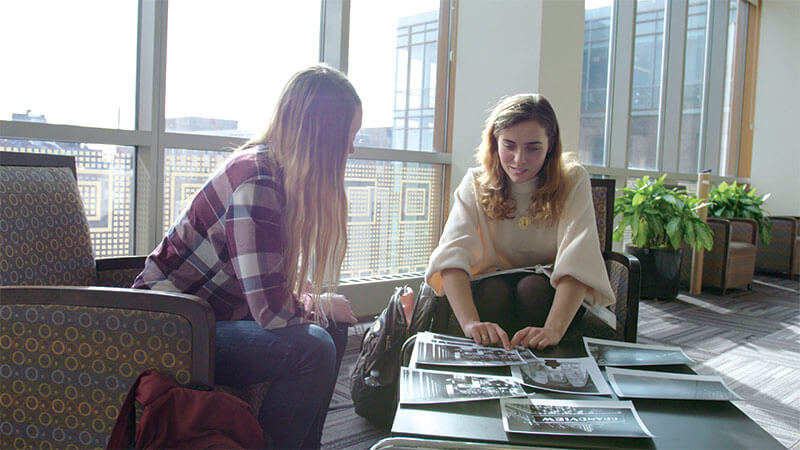
“We know that over 40 percent of our freshmen at this university – and I’m sure every university – come with a mental health diagnosis,” says Dr. Jakub Tolar, dean of the medical school.
“My team is going after the problem. Going after what is causing somebody like Natalie to be sad to the point that is almost indescribable.”
When we’re young, our brains, made up of billions of neurons, are growing and changing. During this developmental window, the young brain is vulnerable to insults that can negatively impact how neurons connect to each other. Can those cells that seem to be locked into a "negative feedback loop" be redirected?
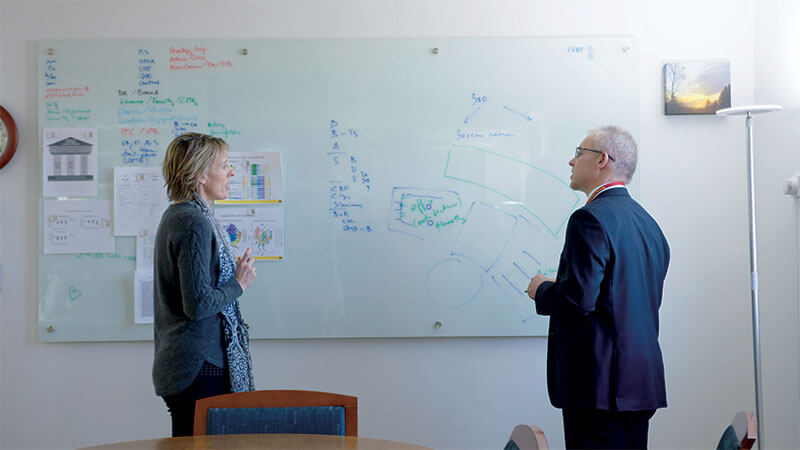
The study pulls together a team of experts from the U’s neuroscience, neuroimaging, psychology and child development departments. They’re looking at the effects of two therapies on the brain’s circuitry and the patient’s mood. The first is mindful breathing.
“The tendency with depression is to ruminate about past events or the future,” says Nikita Tavares, one of the study’s coordinators. “With mindful breathing, we can learn to use our breath to focus on the present.”
Adds Dr. Cullen: “It’s a calming procedure that activates certain parts of the brain. We expect, over time, that it would have a positive impact on neural networks.”
The second, more cutting-edge therapy attempts to boost the effects of meditation. Researchers use a cranial cap to deliver a small amount of electricity through the scalp. It’s a double-blinded study, so no one, not even Dr. Cullen, knows who’s getting both therapies.
MRIs and EEGs measure adjustments, if any, in those neural networks. Clinical sessions look for mood changes. Tests and games determine any improvement in cognitive ability.
“It’s too early to know whether this is going to be a groundbreaking shift in psychiatric treatment,” Dr. Cullen says. “But, we are really starting to get traction in bringing together both neuroscience and clinical advances.”
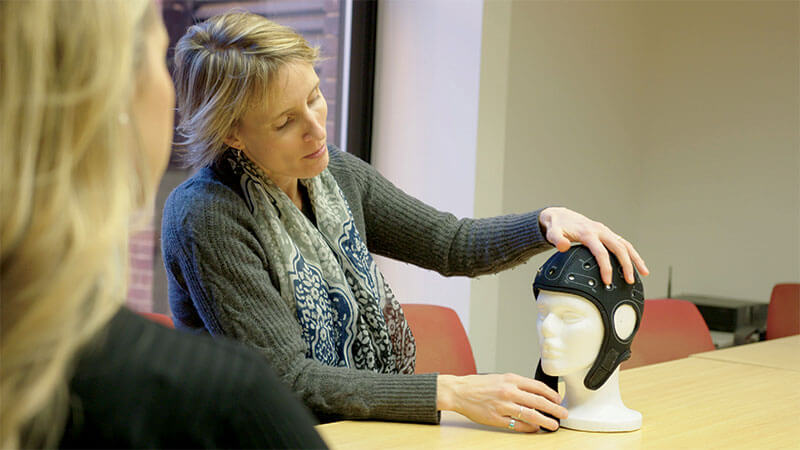
Natalie came out of the study with a helpful new tool to fight depression. Mindful breathing. It’s a technique, which, amidst the drumbeat of COVID-19 news, might be helpful to everybody.
For Natalie , there’s still work to do, but, for now, the depression she felt in the first semester lifted.
“I’m just more appreciative of everything that I have in my life right now,” Natalie says. “My parents, my boyfriend, and my friends.”
1 in 5 US adults experience mental illness in their lifetime; 75% of the time this begins before age 24. Our youth are facing changes to their school structure, social life, and family life due to COVID-19 that might exacerbate these numbers. For children and adolescents seeking mental health evaluation, you may also call the Intake Line for the Outpatient Psychiatry Clinics at University of Minnesota Medical Center, 612-273-8700 or 8710.
If you or someone you know are worried about mental health, please call the National Alliance for Mental Illness at 800-950-NAMI or text “NAMI” to 741741. You are not alone.

Patient
Natalie’s mindful breathing technique, which, amidst the drumbeat of COVID-19 news, might be helpful to everybody.
“I close my eyes but I guess you really don’t have to,” she says. “Concentrate on your breathing. When a thought comes to mind, acknowledge it, let it go and come back to slowly breathing, in and out. Grounding yourself. Calming down if you’re panicked about anything.”
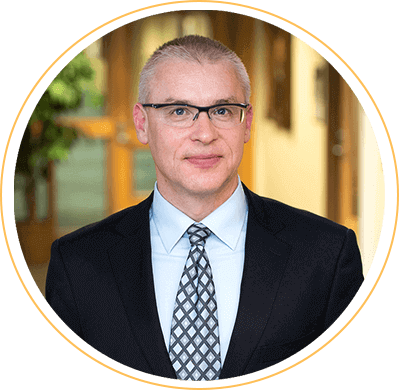
Dean of the University of Minnesota Medical School
His own research is finding new ways to treat children with lethal diseases but his insatiable curiosity—and position—put him at the helm of all of the U’s clinical research: “I’m interested in everything,” he says with a smile. “It’s my weakness.”

Child and Adolescent Psychiatry Division Head
“I love working with kids. They’re interesting and fun. But, also, most mental health disorders emerge during adolescence. So it’s a critical period for us to study and make a difference.”

Study Coordinator for Mindful Breathing and Transcranial Direct Current Stimulation (tDCS). Department of Psychiatry
“What I like most about working with students is they are close to my age so I understand the experiences they’ve gone through, and I’m able to connect with them and build a strong rapport to be their point of contact throughout the study.”
Inspired
University of Minnesota Campus Public Health Office
Dr. Cullen’s Research in Adolescence (RAD) Lab:
Earl E. Bakken Center for Spirituality & Healing, University of Minnesota
Mindfulness & tDCS Study and Enrollment Form:
Mindful Breathing Exercise